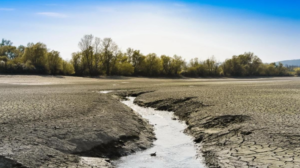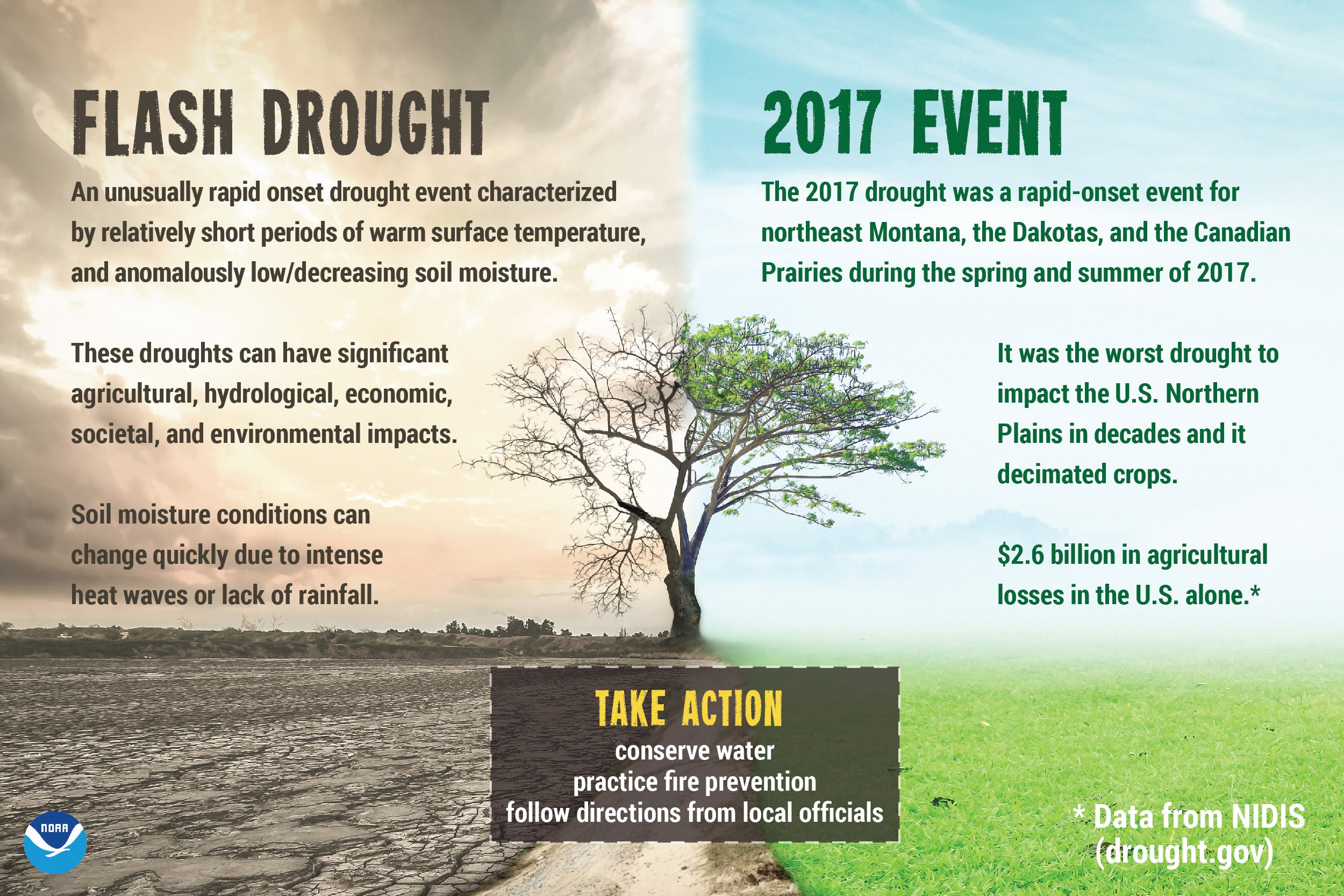Information about Drought
Overview
What to Expect
The semi-arid climate of the Treasure Valley Region makes it susceptible to drought. While winters can have a lot of precipitation (e.g., snow, rain, sleet, wintry mix), summers are typically quite dry. In fact, about 75 percent of Boise’s annual precipitation occurs from November through May. The remainder of annual precipitation usually falls during isolated summer thunderstorms, which only develop when the atmosphere is sufficiently moist.

Contrary to popular belief, it is not dry summers alone that cause drought in the region, but dry summers that follow dry winters. Low winter precipitation leads to reduced mountain snowpack, which results in lower streamflows during spring and summer, decreased reservoir storage, and reduced water supply through the warm and dry season. These cascading impacts create water shortages for agricultural and municipal use.
Worst-Case Scenario
In the worst-case scenario, an especially dry summer would follow multiple winters of below-normal snowfall, leading to snow drought. Because of the reduced snow melt in spring and early summer, reservoirs would be stressed, and consequently farmers downstream would have less water due to water rationing. Farmers may even be required to pay a higher price to receive the water their crops and livestock require.
Idaho has seen significant droughts in the past, according to NOAA Regional Climate Center: ACIS. Documented stretches of zero precipitation have lasted as long as 94 days in the record at the Boise Air Terminal Weather Station. Drought levels range from 0 – “abnormally dry” to 4 – “exceptional drought”. In the state of Idaho, exceptional droughts (level 4) occur roughly once every 50-100 years, and are characterized by extreme and widespread crop and pasture losses. Severe droughts (level 2) happen approximately every 10-25 years, and are characterized by minor crop and pasture losses, water shortages, and the imposition of water use fees (sources: ID Department of Water Resources; U.S. Drought Monitor). During the most recent historic dry spell in 2003-2004, 40% of Idaho suffered exceptional drought. These exceptional drought conditions occurred within a larger region of severe drought which affected 90 percent of the state at that time (Time Series: US Drought Monitor).

Resources
How is this hazard impacted by a changing climate?
As the atmosphere continues to warm, less winter precipitation will fall in the form of snow and more will fall as rain instead. Consequently, reduced snowpack will melt earlier in the year, leaving less runoff to supply rivers and streams during the driest part of the summer. The result: more extreme droughts will occur in the Treasure Valley and across Idaho in coming summers (NOAA: ID Climate Summary).
Written by John Bumgardner, 2020 NOAA-NWS Intern